The Weight of Traumatic Loss
Author: Charles Figley
Editor's Note: The words on trauma that follow are written with the veteran — the battle buddy — in mind, but combat is not the only route to traumatic grief.
As you consider the symptoms of direct and indirect trauma and the weight that is often distributed across many shoulders in the wake of a traumatic loss, I encourage you to reach out to the TAPS National Military Survivor Helpline at 800-959-TAPS (8277) for the compassion and resources that will help you navigate your traumatic grief.
Like the other thousands of Vietnam War veterans, I landed in South Vietnam in March 1965, less than two years after I graduated from Springboro High School in Ohio. Despite the immortal words of GEN William T. Sherman in 1880, "War is hell," no one was saying anything about war or hell in 1965 in Da Nang, in the former Republic of South Vietnam. Instead, it was a continual buildup while I was there. Years later, I found myself in a rather liberating experience while writing about my experiences in a chapter of Mapping the Wake of Trauma: Autobiographical Essays by the Pioneers of Trauma Research — working through several stressors I thought I left behind in Vietnam.
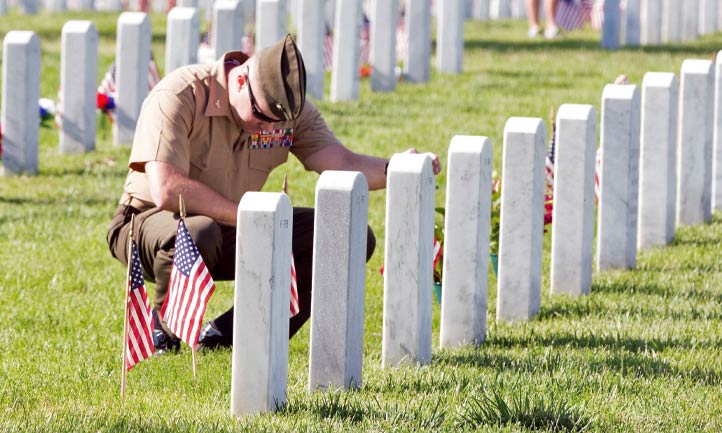

Counterbalancing the Emotional Weight of Trauma
I quickly learned about trauma and its weight — the weight of the memories and powerful accompanying emotions that can overtake us in seconds, at times. These webs of emotion are strong, and it can be challenging to carry the emotional weight of trauma because we are unaccustomed to it.
After learning that my good friend and fellow researcher, Dave, died in combat in October 2011, I felt numb and a mixture of other sensations beyond my everyday experiences. This grief reaction lasted through his burial at Arlington. I began to adapt, but the emotional weight of Dave dying continued.
Counterbalancing the emotional weight of trauma is not entirely ridding yourself of it. Instead, like slightly shifting a child riding on your back for mutual comfort, we find the counteraction that works. We counterbalance the painful realities. And, in the process, we are sometimes startled by our own strength and how much we can comfortably handle, despite the initial shock of the traumatic event. It is the ongoing management of these painful memories that makes us resilient.
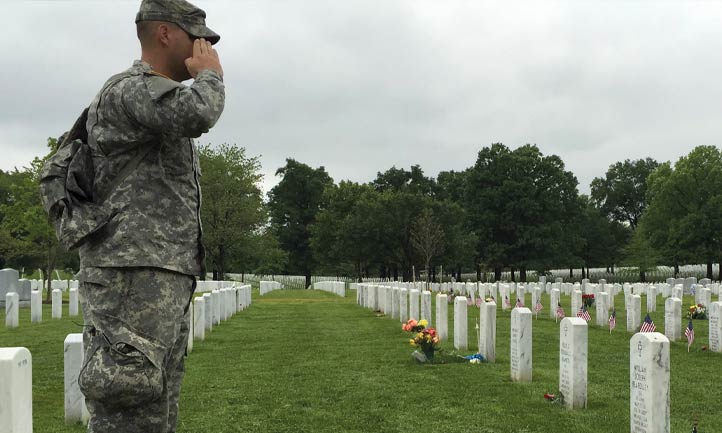
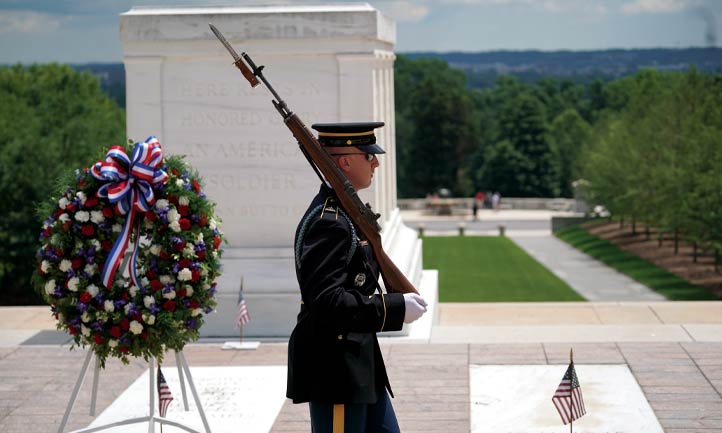
Primary Trauma Symptoms
The “big six” symptoms must be mentioned. They are the symptoms experienced most frequently by those who are diagnosed with post-traumatic stress disorder (PTSD). They may also impact you if you lost a loved one or a battle buddy in a traumatic way, or if you survived a traumatic event.
Intrusion, or re-experiencing symptoms, can emerge in the form of involuntary memories, distressing dreams, or flashbacks of the traumatic event. No matter the type of intrusion, this symptom makes you feel like you are reliving the triggering traumatic experience all over again.
Avoidance of trauma reminders can cause unexpected emotions and reactions. In anticipation, you might avoid reminders of places, people, and things that provoke memories of the traumatic event. This can include sometimes avoiding or withdrawing from conversations associated with your military service or the trauma-connected experience. Avoidance is what makes seeking support or treatment difficult because it may seem more comfortable to avoid reliving the experience.
Alterations in mood and cognition can lead to a cognitive bias — investing lots of time, attention, and energy into eliminating perceived (real or imagined) threats. Once safe at home after military service, you may perceive everyday activities and situations as dangerous and remain vigilant to future traumatic events or threats, even if one doesn’t exist.
Alterations in arousal and reactivity (i.e., hypervigilance), marked by being on edge, can quickly turn into reckless behavior. If experiencing this, you may become agitated or feel the need to be “on guard,” and have difficulty sleeping. Essentially, you are unable to turn off your fight-or-flight mode, which — if left unchecked — can lead to self-harming behaviors.
Depression or a major depressive disorder — a feeling or mood of extraordinary sadness, confusion, and feelings of hopelessness — can impact your mood, your thoughts, and your actions. It is a general feeling of hopelessness and sadness interfering with, and inhibiting, your day-to-day life.
Major changes in appetite, weight, sleep, and energy (fatigue), and difficulty concentrating and making decisions can be brought on by any of the first five symptoms, or a combination of them.

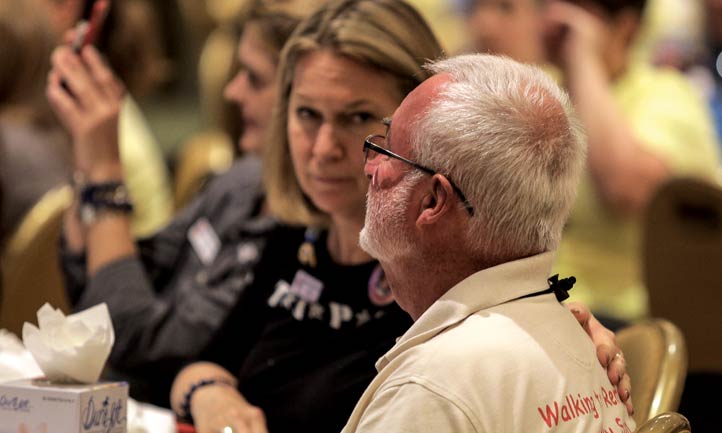
Secondary Trauma and Compassion Fatigue of Supporting the Traumatized
Supporting traumatized people — either formally or informally — is both an honor and a responsibility. When is death not traumatic? Death strips away our defenses. No one has it worse than survivors who experience traumatic stress directly, as noted above. Yet, the supporters of the traumatized are also vulnerable to traumatic stress. Family, friends, and teammates can experience traumatic stress indirectly, through empathy, compassion, and acts of support.
The symptoms of primary and secondary traumatic stress overlap considerably. And, while exposure to neither type of traumatic stress (direct or indirect) automatically guarantees that the dosage of distress will lead to a diagnosis of PTSD, it could. It is important that caregivers and supporters know how best to care for themselves and others, in addition to the survivor who directly experienced trauma.
Compassion fatigue, on the other hand, has been defined as a combination of physical, emotional, and spiritual depletion associated with caring for someone in significant emotional pain or physical distress.
The formal caregiver’s reduced capacity or interest in being empathic or bearing the suffering is the natural consequent reaction from knowing that a person suffered or experienced a traumatizing event. Thus, compassion fatigue is a hazard for anyone caring for someone who endured trauma or who is navigating traumatic grief. Post-traumatic supporters and caregivers can exhibit several symptoms, including hopelessness, a decrease in experiences of pleasure, constant stress and anxiety, sleeplessness or nightmares, and a pervasive negative attitude.
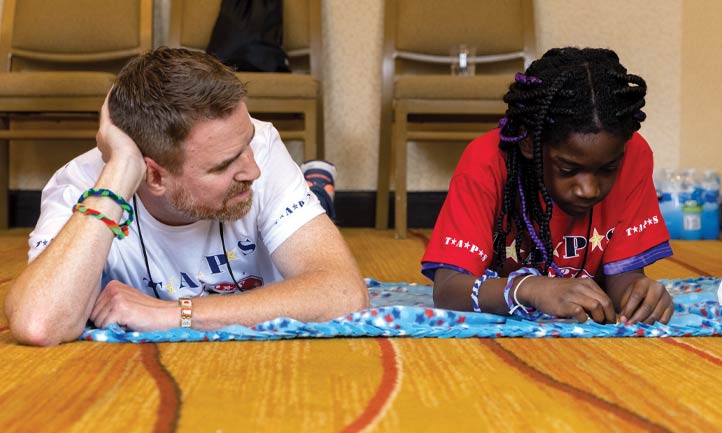
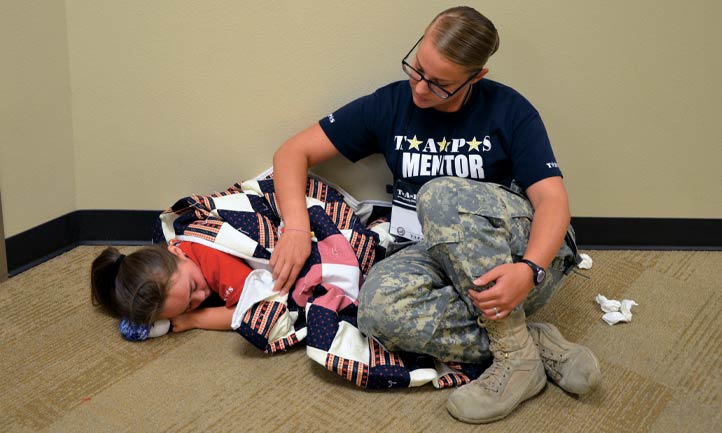
A Final Note
If you are experiencing any of these symptoms — or if someone close to you is experiencing one or more symptoms — I encourage you to act, to reach out to TAPS. Military veterans specifically tend to rely on their families to help sort out the emotions linked to war experiences. But, we have far more resources than past generations, including the expansive care of TAPS, that can directly connect us to mental and emotional support from trained care providers.
TAPS will continue to support and advocate for all survivors, including battle buddies and veterans who have sacrificed so much for so long.
I encourage you to continue the momentum toward prioritizing mental and spiritual health and well-being. Seek the help you need, and encourage fellow veterans and survivors to do the same. We are so much closer to the ideal military and veteran mental health force now than when I joined the Marines in 1963; take the opportunity to lighten your pack amongst the community of support in your corner.
Charles R. Figley, Ph.D., is the Tulane University Paul Henry Kurzweg, MD Distinguished Chair in Disaster Mental Health. In addition to donating his time and talent as a TAPS Advisory Board member, he directs Tulane University's Traumatology Institute and is a full-time professor in the university's School of Social Work. Dr. Figley is a Vietnam veteran, and throughout his career dedicated to trauma and trauma psychology, he has published more than 28 books. A complete list of his work on the Charles Figley website.
Photos: TAPS Archives
